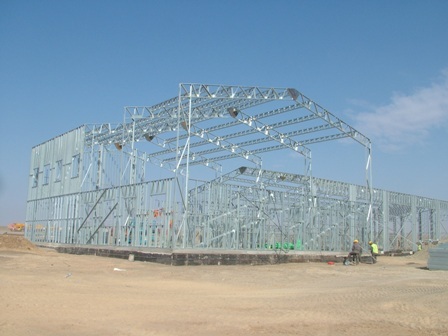I am designing a shed with light gauge steel which contains the 28m clear span , so i am confused about the LGS truss support condition both supports of the trusses should be pinned support or one pinned and other should be roller however my truss are resting on the light steel wall.
please also suggest is it good idea to make 28m x 72m and 5.5 m height shed in light gauge steel , however i can use maximum section is C150-1.55 (no internal partition walls )
Roof Dead Load = 0.25 KN/m^2
Roof Live Load = 0.60 KN/m^2
Wind Load = 1 KN/m^2 (uplift)
please also suggest is it good idea to make 28m x 72m and 5.5 m height shed in light gauge steel , however i can use maximum section is C150-1.55 (no internal partition walls )
Roof Dead Load = 0.25 KN/m^2
Roof Live Load = 0.60 KN/m^2
Wind Load = 1 KN/m^2 (uplift)

